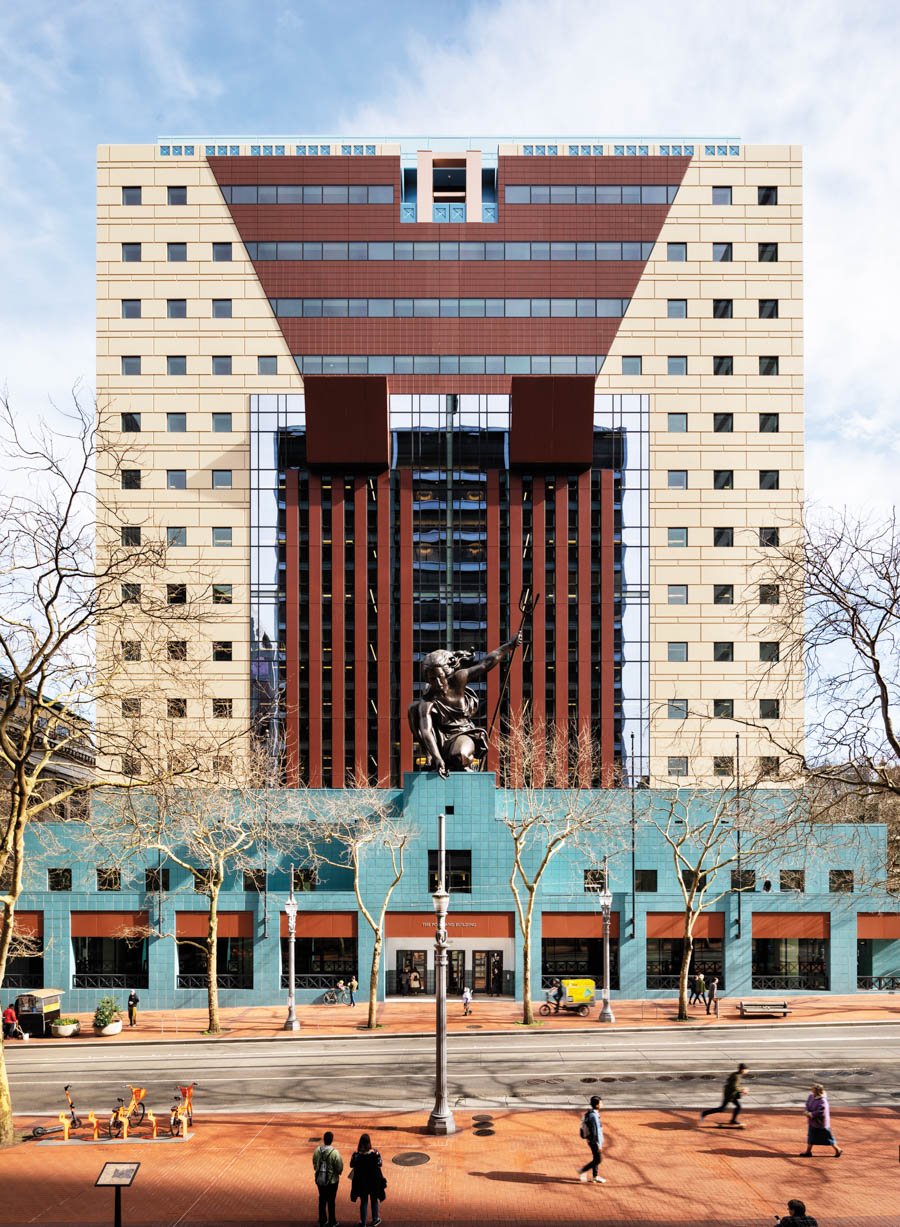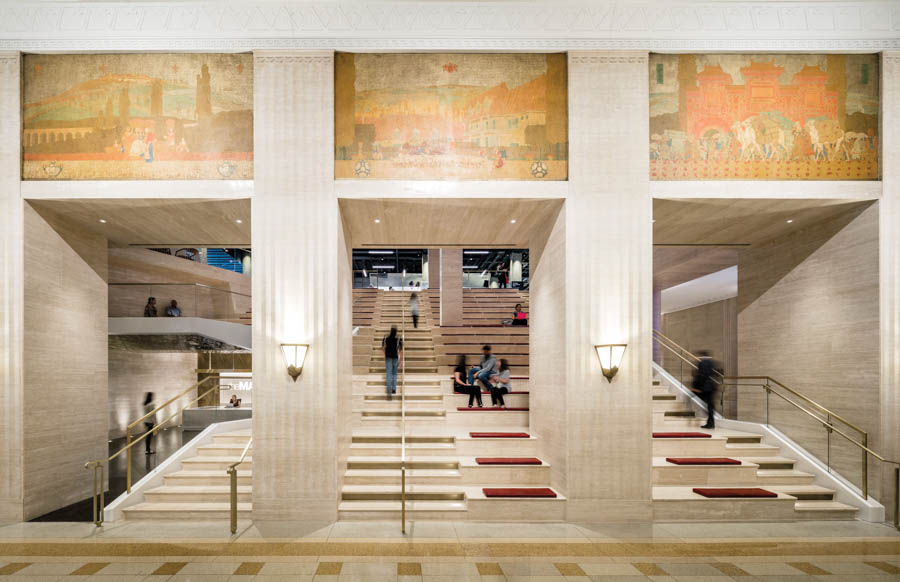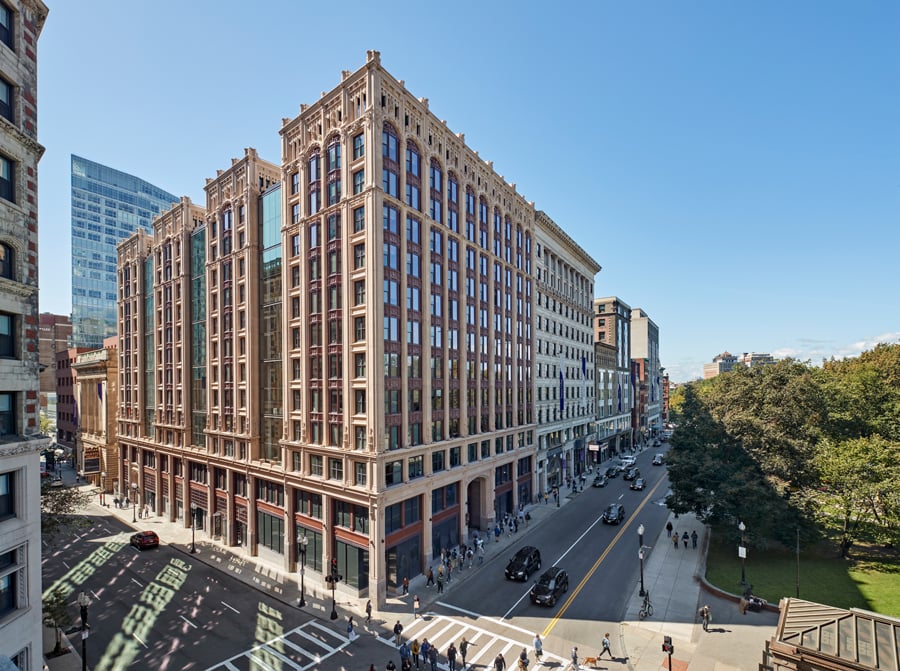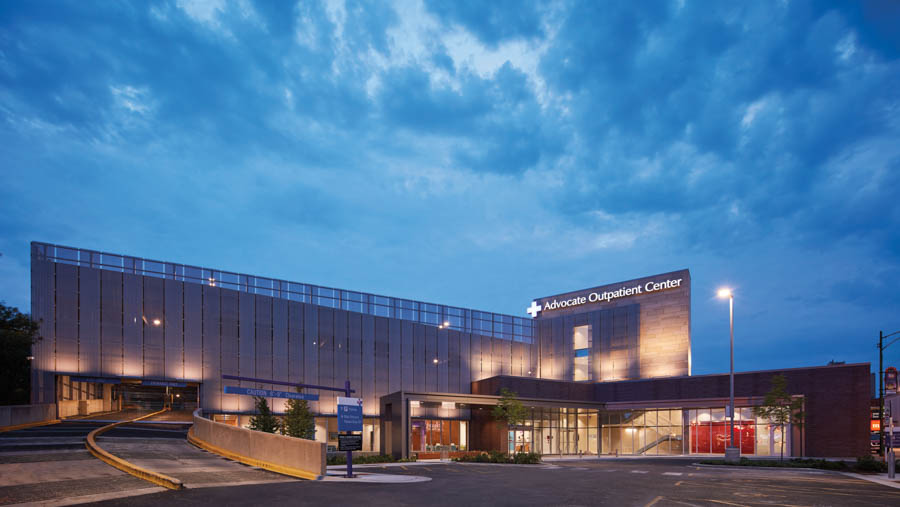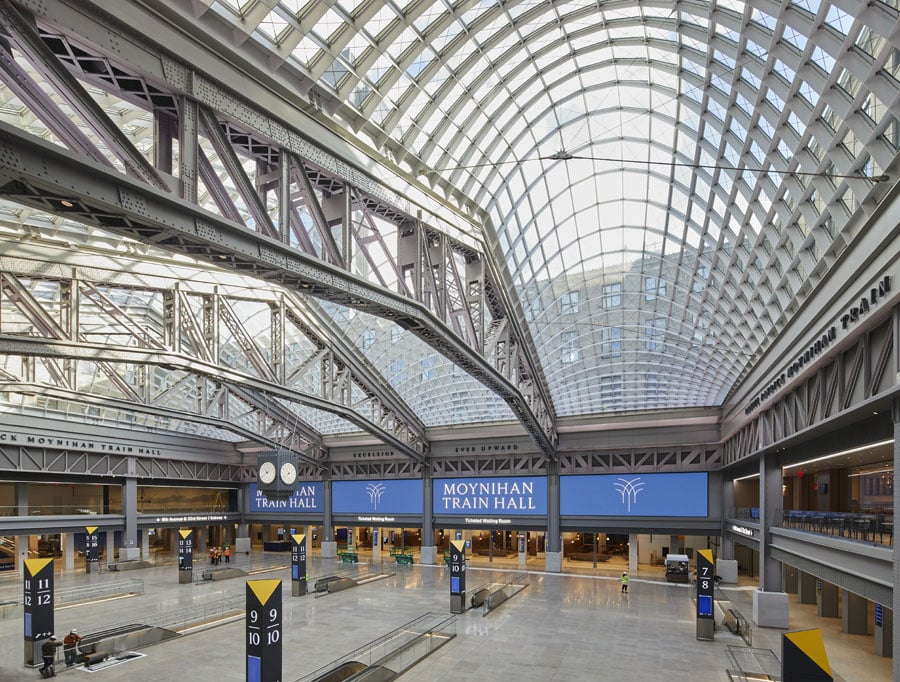
January 20, 2021
14 Adaptive Reuse Projects from 2020 Show Great Design Doesn’t Mean New Construction
As architects, designers, and the real estate industry get wise to embodied carbon and the benefits of adaptive reuse, projects that transform existing buildings are taking off.
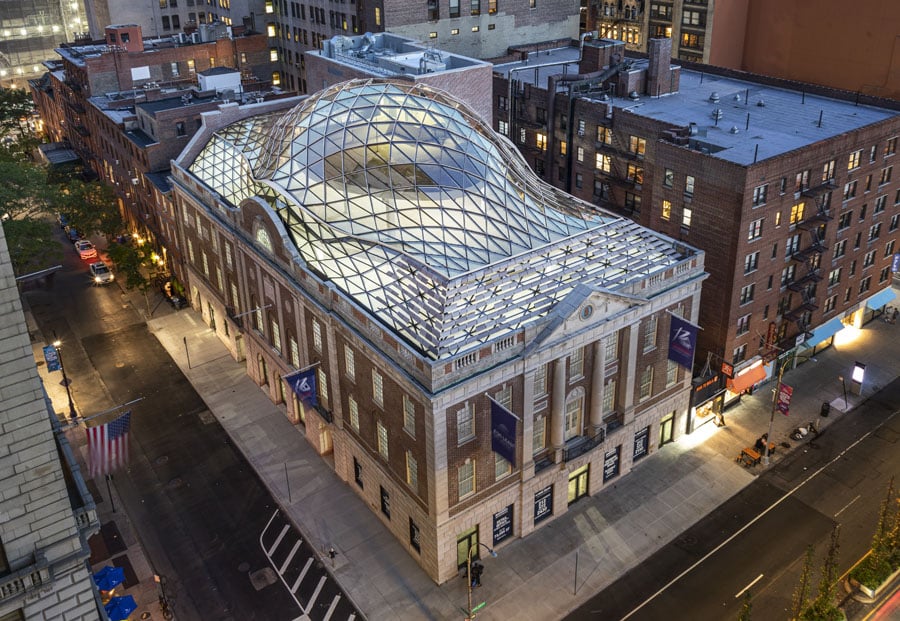
In one of 2020’s most striking adaptive reuse projects, the Manhattan-based architecture firm inserted a glass dome in the likeness of a tortoise on top of the Union Square building. Courtesy Francis Dzikowski
Older buildings may not always have the greatest sustainability credentials: Leaky building envelopes and inefficient lighting and heating systems are extremely common. But in the quest to meet our climate goals, existing structures do have one positive sustainability feature going for them: The fact that they’re already built. All the emissions released in construction, the fossil fuels burned to create raw construction materials and move them to the site, the carbon released in making concrete, trees felled for timber, it’s all embodied in these structures.
Of course, it’s not only sustainability that is driving the uptick in adaptive reuse projects. In fact, there as many reasons to adapt an existing building as there are to build a new one. Whether it’s landmark, sustainability, or even aesthetic considerations that lead to adaptive reuse, more and more architects and real estate decision-makers are opting to rehabilitate existing buildings to meet the needs of the 21st century.
Modern additions to landmark buildings like New York’s Tammany Hall, show a sensitivity to local context, while underutilized buildings that find new purposes, like a big-box store in Chicago that has been transformed into healthcare clinic, can be a cost-effective way to create badly-needed facilities. Of course, adaptive reuse can also be an effective tool to convert a building from one use type to another as urban land-use priorities change. Say from industrial factories to technology workspaces, biotech labs, or even an art museum.
As real estate needs change, and our expectations for the built environment evolve, adaptive reuse will continue to be a key tool to create the cities of the future without destroying the structures of the past. At Metropolis, we’ve been watching this renaissance in adaptive reuse closely. These are some of the best projects we saw this year that use adaptive reuse for preservation, sustainability, and the diversity of the urban fabric.
You may also enjoy “Year in Review: 9 Sustainable Standouts”
Would you like to comment on this article? Send your thoughts to: [email protected]
Register here for Metropolis’s Think Tank Thursdays
and hear what leading firms across North America are thinking and working on today.






